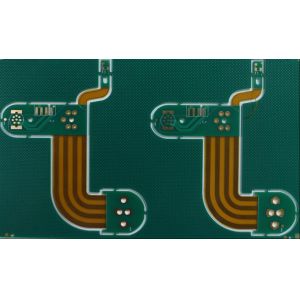
Add to Cart
1. Design Data Transfer & DFM Check: The process begins with engineers submitting the Gerber files (design blueprints). The manufacturer conducts a Design for Manufacturability (DFM) check to ensure the design meets production tolerances.
2. Inner Layer Imaging & Etching: For multilayer boards, the circuit pattern is transferred onto the copper-clad laminate using a photoresist and UV light. Unwanted copper is then chemically etched away.
3. Lamination: The inner layers, insulating prepreg, and copper foil are stacked and bonded together under intense heat and pressure to form a solid board core.
4. Drilling & Plating (Vias): Precise drilling creates holes for component leads and vias (inter-layer connections). The hole walls are then plated with copper (electroless plating) to create electrical pathways between layers.
5. Outer Layer Imaging & Etching: The final circuit patterns are defined on the outer surfaces.
6. Solder Mask Application: A protective polymer layer (solder mask) is applied and cured, covering all traces except for the component pads.
7. Silkscreening: Component labels, logos, and reference designators are printed onto the board surface.
8. Surface Finish: A protective metallic finish (e.g., ENIG or HASL) is applied to the exposed copper pads to prevent oxidation and ensure solderability.
9. Electrical Testing & Profiling: The completed board is tested for opens and shorts (E-test). Finally, the large panel is cut (profiled) into individual PCBs.